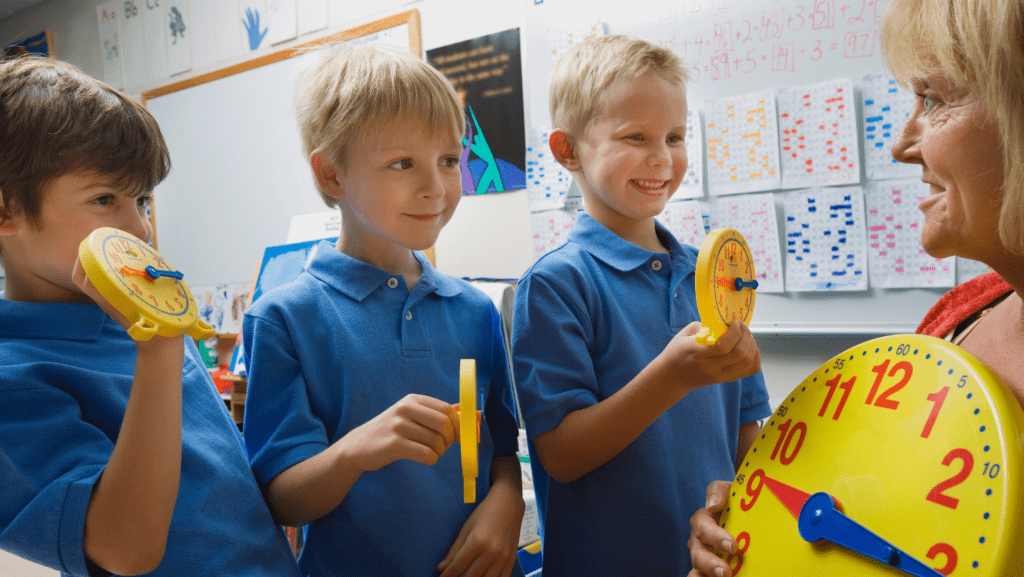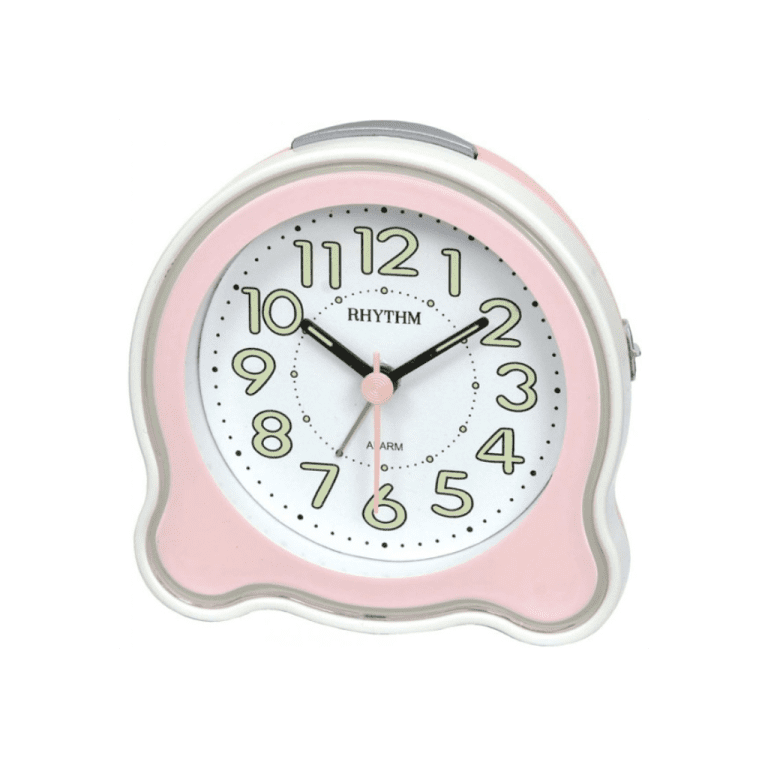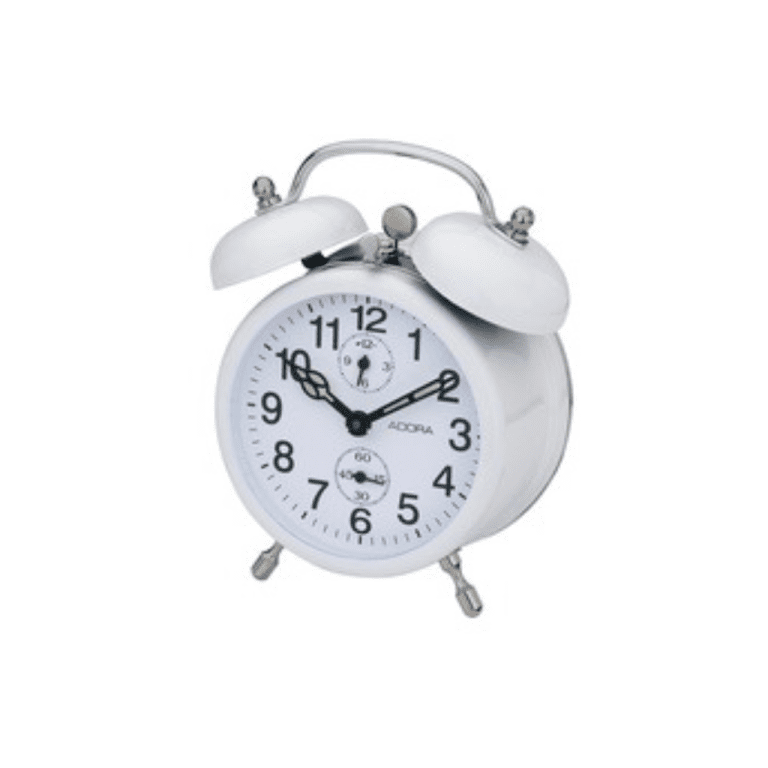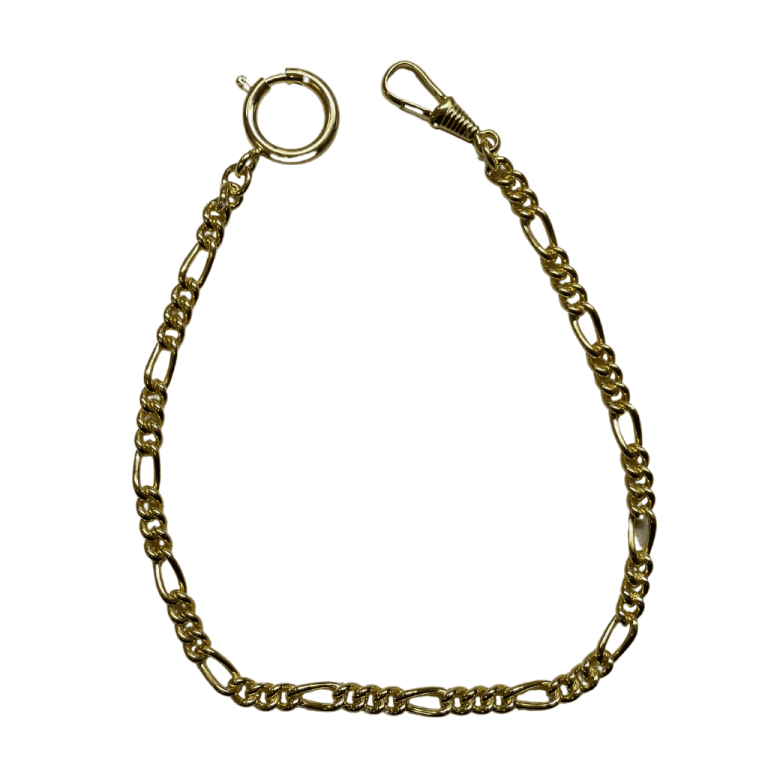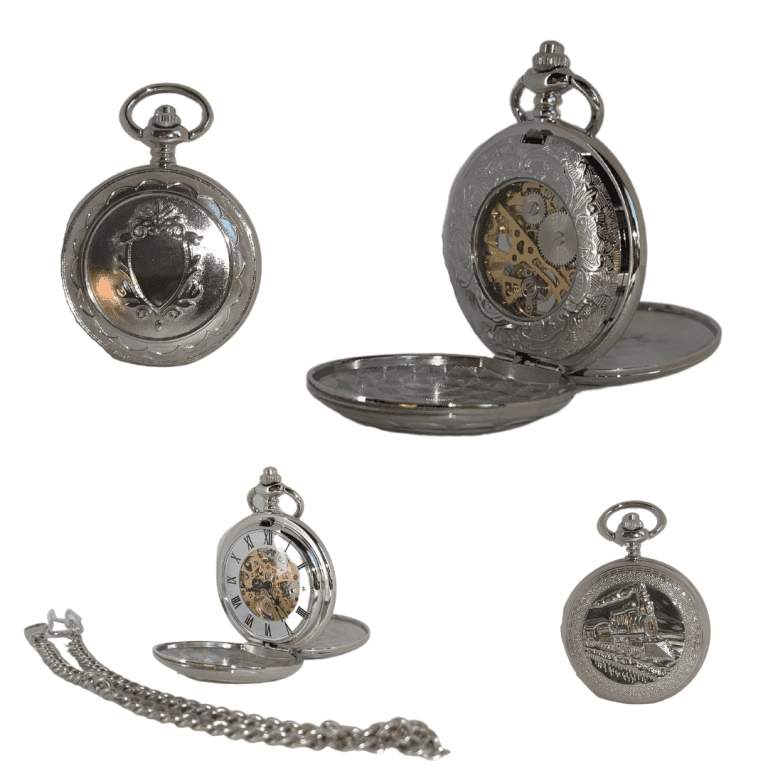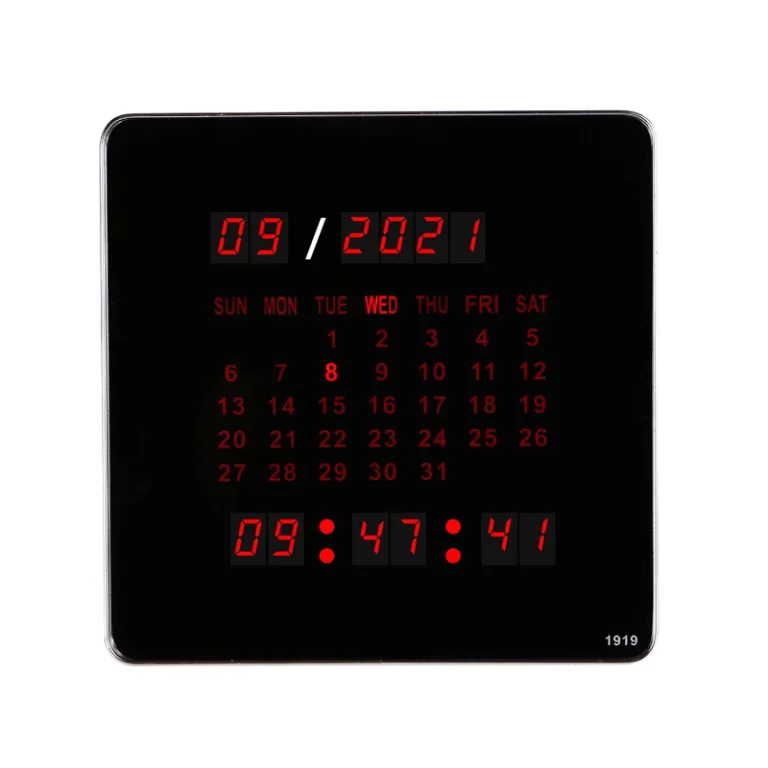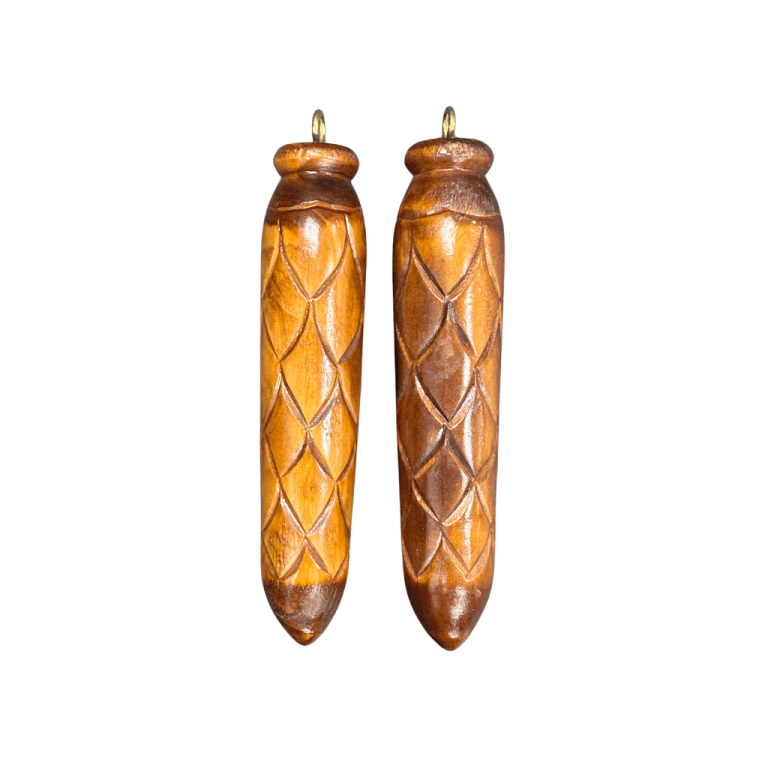Should Kids Still Learn to Tell Time?
Which analog skills are important for children to learn in an increasingly digital world?
Do you think it is important for children to learn how to tell time on an analog clock?
What about other analog skills that are taught in school? For instance, should all students learn to have clear handwriting — or has typing made that obsolete? Should students be able to spell without spell-check and to add and subtract without a calculator?
Do you think that learning analog skills benefits children? Or are some of those skills becoming outdated as the world changes?
In “Teach Children to Tell Time. (They Could Become Customers.),” Rachel Felder writes about clock lessons and watches for children:
School curriculums may include contemporary skills like computer programming, but many parents — and watch makers — are pleased that a traditional lesson still usually remains: How to tell time on a clock with hands rather than just reading a digital display.
After all, when children learn how to read the hands of a clock, they then could become potential analog watch customers.
Amy Christiansen, the London-based founder of the fragrance line Sana Jardin, said she was pleased that her two sons were taught at school how to tell time by reading a clock’s hands.
“I think it’s a challenging concept to teach so I was relieved they were learning it in school,” she said.
Most schools teach students who are around 6 or 7 how to read an analog clock through classroom instruction and then send work sheets home.
For adults who want to teach children themselves, or reinforce school lessons, there are books, and free resources online. Some YouTube videos, like the musical ones by Jack Hartmann, intentionally look more like lighthearted entertainment than educational content.
And there is “R is for Rolex: ABCs for the Future Watch Collectors,” a board book by Diaper Book Club in which A, for example, is accompanied by an illustration of an Audemars Piguet Royal Oak. (Fortunately for impressionable toddlers and their doting parents and grandparents, prices are not included.)
Ms. Felder also discusses the debate over smartwatches for children:
Just like the tug of war in the adult watch market between traditional Swiss timepieces and smartwatches, there are, along with analog options, connected wristwatches and fitness trackers for children — mostly simplified, less expensive takes on typical grown-up versions and aimed at older children.
… For some parents, having their children switch from a basic watch to a connected timepiece isn’t easy.
“I was saddened because it was a move away from something traditional that seemed old fashioned and more wholesome,” said Ms. Christiansen. Her older son, now 13, got an Apple Watch as a gift and later passed it on to his brother, now 9, in favor of a vintage Casio digital piece. (They both had been about 7 when they were taught to tell analog time at Garden House School, near their home in London’s Chelsea neighborhood.)
Credited to:www.nytimes.com

